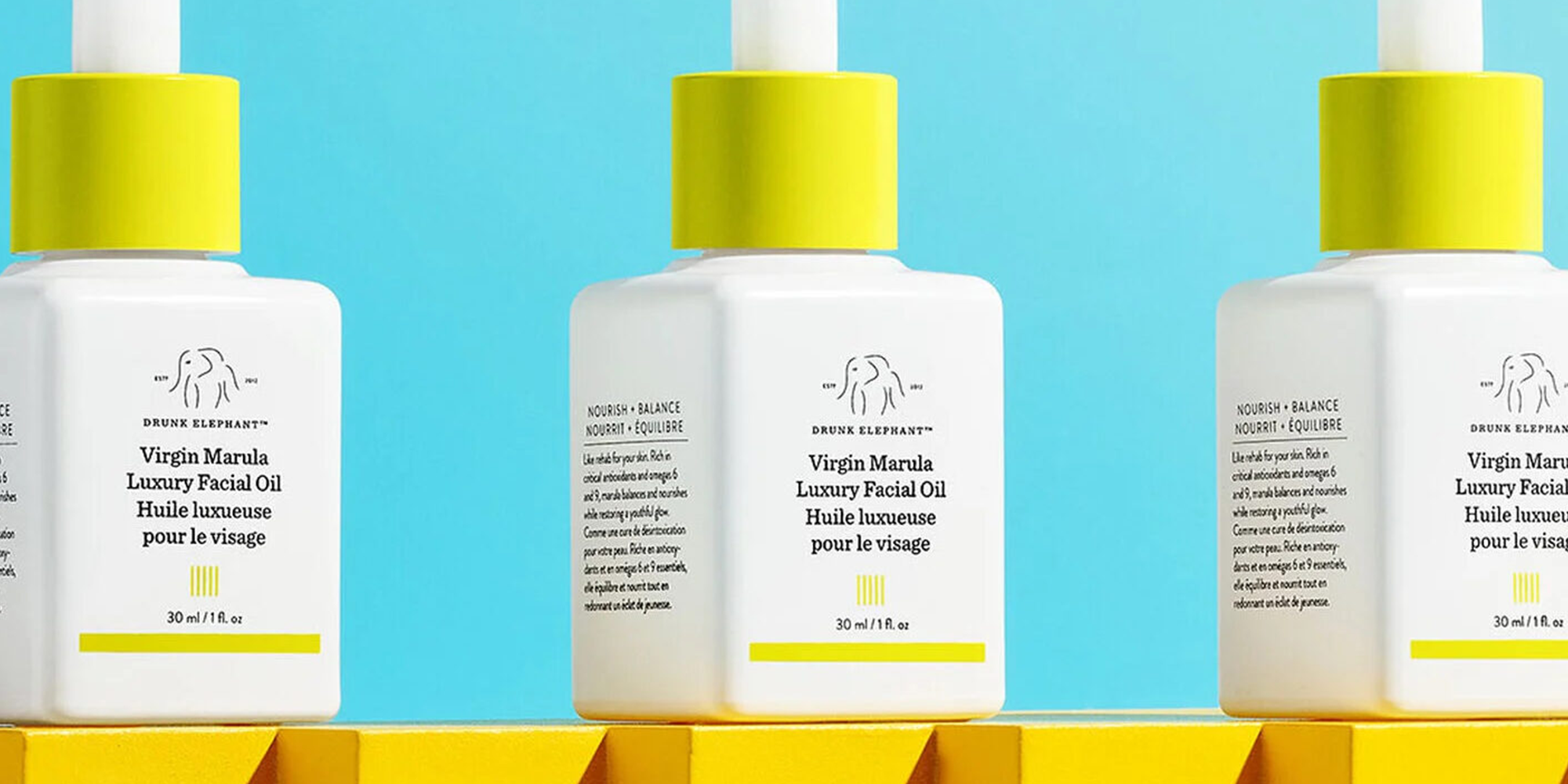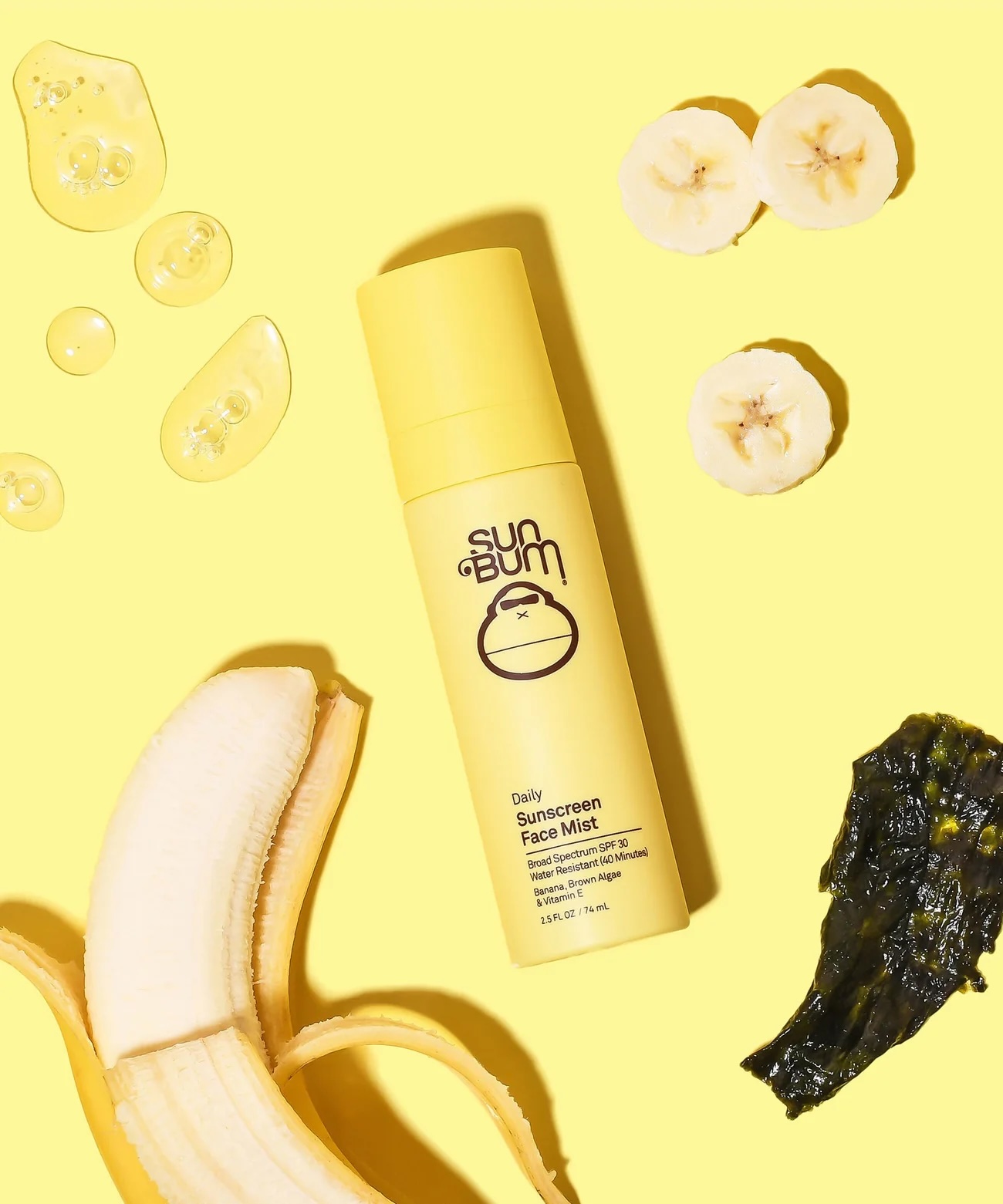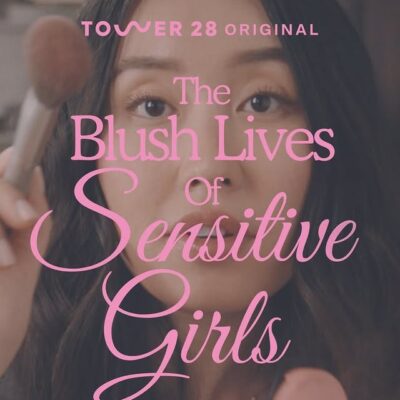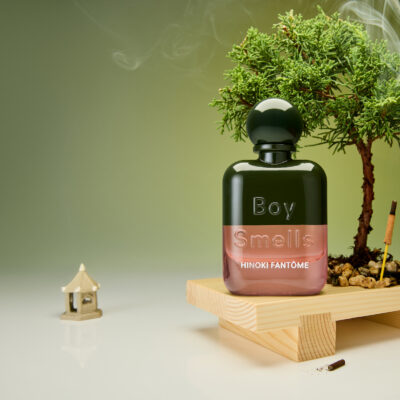
How PPC’s Brandon Frank Is Shifting Links In Beauty’s Packaging Supply Chain Amid Tariff Turbulence
As the CEO of distributor Pacific Packaging Components, Brandon Frank’s job is solving packaging puzzles for beauty companies such as Drunk Elephant, Briogeo, Shiseido, Dr. Bronner’s, Sun Bum and Hims & Hers. Where can they find the cheapest durable flip-tops? Are there available recyclable polyethylene terephthalate (PET) bottles for sizes they want? Can they do refill cartridges for new product launches?
These days, with President Donald Trump imposing tariffs on imports from most countries at 10% and as much as 245% on Chinese imports to the United States, companies’ packaging puzzles have become as chaotic as ever in PPC’s 55-year history. One of its clients was recently charged $100,000 in duties on a single shipment from China.
“The packaging landscape is experiencing a seismic shift that’s forcing beauty and CPG brands to make impossible choices right now. Your hero SKUs are vulnerable in ways they’ve never been before,” writes Frank on LinkedIn. “I can tell you this: the brands that will thrive in 2025-2026 are making strategic moves.”
Beauty Independent talked to Frank about the strategic moves brands are making, where they’re relocating suppliers, whether the United States will become a larger source of beauty packaging, and why haircare aisles at stores could increasingly start to resemble cereal aisles.
After Trump got elected for a second term, you visited China. What was that like?
Every manufacturer I toured in China, their first question was always, what’s going to happen with the tariffs? Most of us were talking about the tariffs going up 60% at most. A lot of the factories in China, their ownership groups were considering investing in facilities in Southeast Asia and the U.S. to have some options.
They were asking me a lot about my take on what they should do, but I couldn’t have imagined back then that the tariffs would go over 60%. I felt that anything over that amount was going to significantly injure the relationship with Chinese manufacturers and their ability to sell goods in the United States.
What were takeaways from that trip that people who don’t visit China may not understand?
One is that this is injuring Chinese businesses in the short term, but they told me they have a really long-term view. They may lose the battle, but their focus is on winning the long-term war.
They understand any tariff policies that are in place aggressively under Trump could be short-lived. In preparation for them, they hunkered down, made their businesses more efficient and moved from selling goods to the U.S. to selling to other markets, and they have opened up facilities to service other markets.
From a U.S. perspective, we think we could be winning or punishing them by doing this, but, in my estimation, these tariff polices are hurting American businesses the most.

With the tariffs, what shifts are you seeing in where American beauty brands are getting packaging?
Anything in the secondary packaging space—any type of unit carton, even high-end ambassador kits—has been easy to move to domestic suppliers or suppliers in Latin America. That’s happening a lot right now. Labels and shrink sleeves are easy to move, too. We have a great supplier in India where their price is on par with China, and the tariff isn’t as high coming from there.
Plastic bottles and tubes, those can be moved to domestic or Latin America. Glass packaging is still tough. China’s expertise in tooling and cheap tooling for small runs and certain processes like metalization can be difficult to move to other parts of the world, especially in lower quantities. There are other glass suppliers in Taiwan, Mexico and Europe.
What are the price differences?
Price is complicated because it depends on the specific item. A glass bottle now that has 150% tariff coming in from China, if they were to make that same item in Taiwan, it would be less than going through China in most cases.
In countries like India, Mexico and with some factories in Southeast Asia, there hasn’t been a huge price difference, even from the tariffs, and the tooling cost has been so low in China that it is still attractive. A custom mold in Mexico may be $50,000 more than in China. What we are seeing more and more of is molds manufactured in China being shipped to other parts of the world.
Talking about China’s expertise in engineering, Apple CEO Tim Cook said, “In the U.S., you could have a meeting of tooling engineers, and I’m not sure we could fill the room…[In China], however, you could fill multiple football fields.” That’s the case for packaging, too.
What’s available in the U.S., and what are the price differences with U.S. packaging?
Big picture, typically the U.S, has had a lot of manufacturing capabilities in plastic bottles, jars, caps and closures. There are just a few companies that are doing dispensers, and usually the cost on the dispensing side has been significantly higher than going to China.
Now that the tariffs on China, the price for domestic pumps is pretty much equal or maybe even less, although we haven’t seen that quite yet. Wherever there was a really large discrepancy before with China, that’s where the impact is going to be most on the suppliers in the U.S.
What’s your process of looking for alternative suppliers for a brand?
One, we do an evaluation of the current packaging supply chain. That would include primary and secondary suppliers for the hero SKU. If the brand doesn’t have a secondary supplier for the hero SKU, we try to find one.
Supply chain agility is the first thing we talk about with brands. The reason for that is there is no rhyme or reason to the tariffs. So, we have to prepare for that chaotic, uncertain environment. The way we do that is to have a network of suppliers around the world.
So, if they are currently using a plastic bottle in China with a lotion pump, where else can we make the product to be able to reduce the cost of goods? We are finding a lot of success moving packaging formats to Latina America, and then Southeast Asia, India and sometimes Europe.
Earlier this week, we received confirmation on moving a brand’s box business from China to Colombia. That included 22-unit cartons and six different kits. We were able to copy exactly what was being done in China at a facility in Colombia, and the savings is going to be close to 30% based off of the tariffed goods. Lead times were three to four weeks. Ship time was two weeks.
What about order quantities as brands move around packaging suppliers?
For secondary, there is no issue with low quantities. You can do small runs at factories both domestically and throughout Latin America. Glass is tough. China, Taiwan and South Korea tend to be the three countries with the best options for low runs on glass. I’m seeing more flexibility with plastic bottles being able to run low quantities.
Anything under 10,000, the price at these facilities is going to be pretty high. China was able to produce lower quantities at much lower prices, and overall those prices are high now because of the tariffs, and they are going to stay high everywhere else as well. There isn’t cost savings.
Given the high prices of small quantities, what do you recommend for smaller brands?
The advice I’m giving to a lot of the smaller brands is this may be an opportunity—or it may be a requirement—for brands to simplify their packaging. Ask yourself: Is it time to redesign my packaging and move it to a format that can be more easily replicated?

Do you think there will be a lot more capacity in the U.S.?
Here’s what I’m seeing. Everyone is trying to move away from China. There is this opportunity for other parts of the world to invest and prepare for that, but there is a fear that, if companies invest in new facilities, what happens when tariffs go away? Does everyone go back to the low-price leader or to China’s supply chain? Why would I invest in something when it’s so easily taken away or the situation is so quick to change?
I’m not seeing the massive expansion of packaging manufacturing capabilities here in the U.S. There’s some happening. I am seeing more of it in other parts of the world where labor is less, and it’s going to be easier to compete even if the tariffs are removed. I think the investment in Southeast Asia, Latin America and India is going to happen at a faster rate.
No matter what, do you think brands should be looking for packaging suppliers outside of China?
Worst-case scenario, the tariffs go away, and you have a secondary supplier developed in another part of the world, and two suppliers for your hero SKU. Best-case scenario, China tariffs go to 300%, and you’re saving yourself a lot of money by having that secondary option. It makes perfect sense to prepare. We understand it’s a lot of work. With our business model, we don’t charge for sourcing, we only buy and sell packaging.
Even if the tariffs go way, the lessons learned during this chaotic time is going to stick with most companies. The packaging space is going to diversify. There are going to be more packaging companies vetted and approved in more countries, and jobs are going to be created in other countries.
What compromises do brands make if they leave Chinese packaging suppliers?
For most packaging formats, there isn’t going to be any drop-off. The minimum order quantities may be higher. There may be some custom mold capabilities that won’t be as cheap or available as they were in China. Potentially complex packaging formats like airless units, those are harder to replicate in other parts of the world, but there are options outside of China.
What does it mean to have a secondary or backup supplier?
We do it in two ways. As we are developing a hero SKU for the first time, we will qualify and go through the development process with two factories at the same time, knowing we will be able to make that at both factories. The other way to do it is to take the current primary packaging and find a secondary supplier for that.
You go through each packaging format. It’s easier to do for unit cartons and paperboard. It’s slightly more complex to do that for plastic bottles because you need to make sure there is a stock mold. Pumps are relatively easy.
What differences will consumers be seeing from all this movement?
I don’t think most consumers will notice a significant change. I think the packaging will stay relatively the same. There may be some pivots to simpler packaging design. We joke that someday all of the shampoo bottles will be relatively the same like the cereal aisle. I don’t see that happening, but simplifying some packaging designs to source from multiple places will happen more.
How are financial terms with packaging suppliers changing?
Financially, the packaging industry is being squeezed on multiple sides. Cash flow is being impacted a lot. Interest rates are high, so lending is tough. There’s the concern that markets are going down, so investment dollars are less than they typically were in the past, and cancellations are up in China.
A brand may have purchased 100,000 units, then the tariffs on them were [proposed at] 40% and then they went up to 145%. So, the cost of those items is about 100% more than they were expecting. Now, the brand doesn’t want the order. If they haven’t prepaid for the packaging, there is no financial consequences for them canceling the order. So, companies are canceling orders from China.
Those cancellations are impacting Chinese businesses and cash flow. A lot of brands had been used to net 30 terms, and that is very quickly becoming difficult to offer. In China in particular, it’s going to be more prepay.

If you are a brand that wants to maintain a focus on sustainability, what should you be thinking about?
This is what often happens: Brands want to buy from the best, they want to near-shore and be the most sustainable. They want all these things‚ and then they also want to pay Chinese prices. The economic realities of packaging manufacturing eventually take over.
For truly mission-driven companies that are trying to do the right thing, just be ready to pay 3X, 4X or 5X more for packaging or modify the packaging, where it’s more easily manufactured as close to your contract manufacturer as possible and make concessions to do that.
The reality is that, at the large Chinese manufacturers, the workers live there for 11 months out of the year. They work 12-hour shifts, six days a week. They make money and keep some of it and send some of it to their families. They see them once a year at Chinese New Year. Thousands of workers are needed to run these facilities.
Do we really think the U.S. is going to go in that direction to the point where we are going to replace China as a packaging manufacturing hub? Currently, U.S. manufacturers in packaging struggle to find labor.
What’s your advice to brands in this environment?
Brands should be increasing their prices now. Packaging tends to be 20% of COGS. For an item that wholesales for $10, they’re paying $1 for the packaging. If that doubles to $2, then their wholesale should increase $1 to $2 to make up for that, and the retail price should go up $2 to $4.
Everyone is expecting prices to go up, and packaging is going to get more expensive, even domestically as demand goes up. Lead times are going to extend for all these places outside of China. We are seeing capacity filled up, so get orders in earlier. You should be working on your holiday kits right now. Don’t wait get those orders in.
It’s like Disneyland. When you get to Disneyland and check your app, it says the line for a ride takes 10 minutes, but, when you walk over, there’s a 40-minute line. Plan for extended lead times. You have to place your PO much earlier, and you can have your production date extended, meaning you can get there and still allow others to go ahead of you, but the factory knows it should be shipping at a certain time.





Leave a Reply
You must be logged in to post a comment.